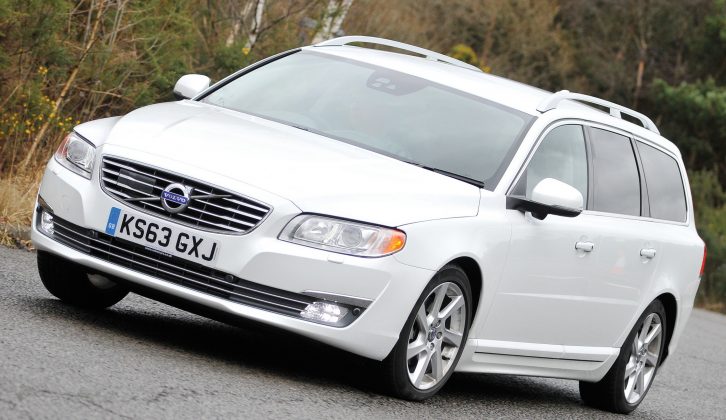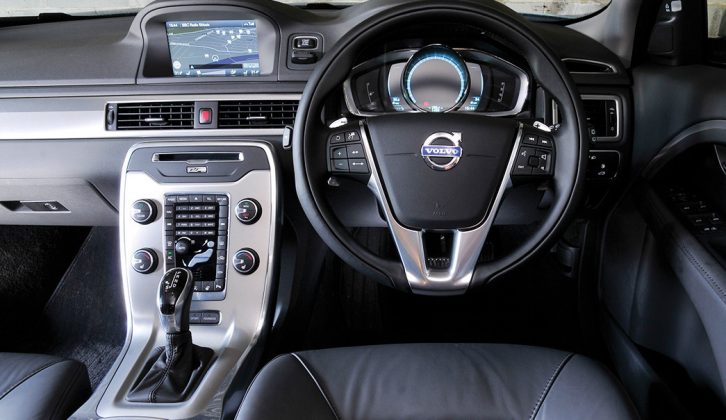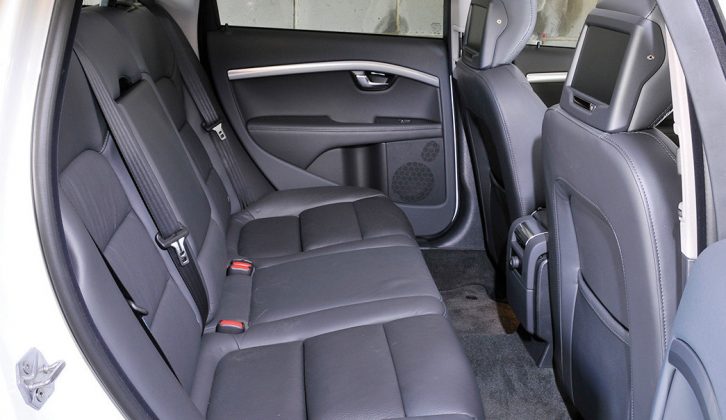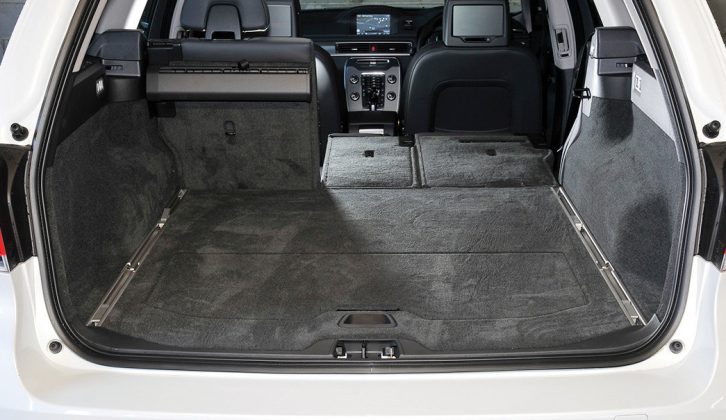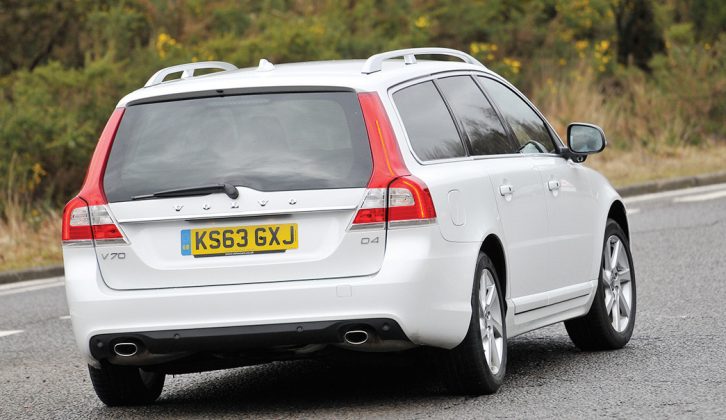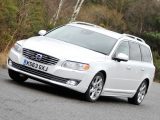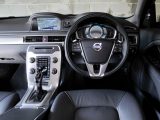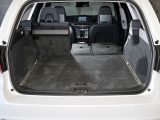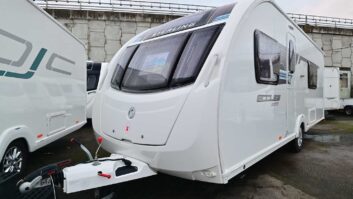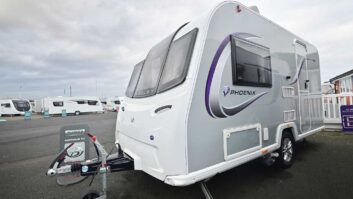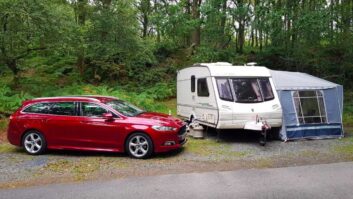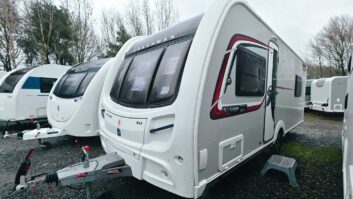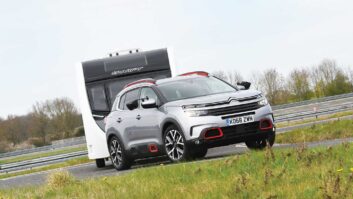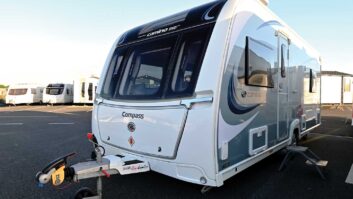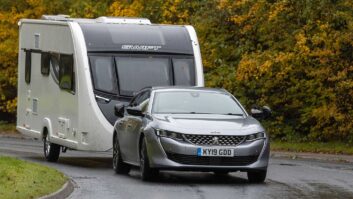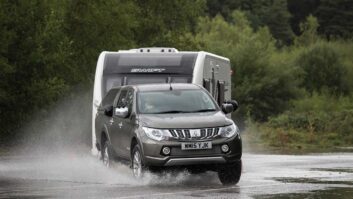We like Volvo V70s, even if we did conclude our guide on the pre-2007 model by saying: ‘The consequences of Ford’s 1999 takeover were all too predictable. Cars were built more cheaply, so they don’t have quite the same longevity and dependability we’ve come to expect from a Volvo.’
That will not have changed, but the third-generation (2007-2015) V70 did claim gains such as being 15% stiffer than the old car, with more luxurious interiors, more flexible load space and standard dynamic stability and traction control. Engines were improved, with regard to emissions and economy from the diesel units, and this has continued through the life of the third-generation V70.
The other possible downside for the V70 is that unlike its rivals it hasn’t increased in size over the years. In a way that’s a blessing, but it does reduce one of the car’s old selling points.
Model history
The third-generation estates arrived in September 2007. The brochures listed a choice of four petrol engines, but only just over 2% of V70 sales were petrol-powered, so our focus is on the various diesel-engined versions.
At launch these were a pair of 2.4-litre five-cylinder engines, one badged 2.4D with 160bhp/251lb ft, the other the D5 with 182bhp/295lb ft. Within months they were joined by a 2.0 four-pot with 134bhp/236lb ft and a four-wheel drive version of the D5. All could be had with either manual or automatic six-speed gearboxes except the 2.0D, which was manual only and had a 1600kg towing limit, 200kg lower than the 2.4s.
In mid-2009, the 2.4 engines were uprated respectively to 172bhp and 202bhp, both with 310lb ft of torque. A year later, a five-cylinder D3-badged version with 160bhp/295lb ft replaced the 2.0. And there was a new entry-level model, the eco-special 1.6 DRIVe with 107bhp/177lb ft and a five-speed manual gearbox. It claimed to be capable of 62mpg. The towing limit was down to 1300kg, though.
The basic SE model came with electronic stability control, cruise control, windows that close when the car is locked, climate control and rain-sensing wipers. SE Sport added adaptive damping, electrically adjustable heated seats and a rear spoiler; SE Lux had a powered tailgate and leather seats. R-Design meant lowered suspension, leather sports seats, 18in alloys and aluminium interior detailing.
Trouble spots
The sluggish acceleration from the D5 diesel engines that is complained about is because the ECU is mapped to restrict torque in the first two gears to protect the transmission. It also reduces wheelspin on slippery surfaces so is probably worth living with. However, if it’s an auto and the car feels hesitant, there could be an issue with a servo valve in the Geartronic transmission. That’s an expensive enough job to justify walking away.
The diesel engines use Diesel Particulate Filters (DPFs), which need replacing at the 75,000-mile services. Because this adds at least £320 for the part, plus fitting, to the service cost, there’s motivation for buyers to sell before one of these services, so beware. If left to regenerate itself, the D5 in particular is prone to over-fuelling the engine, and that can contaminate the oil.
Check the tail-light LEDs are OK. These last much longer than filament bulbs, but if there is a fault, the rear bumper has to be removed to get the light unit off, adding to cost and complication.
Be sure to check the car’s history for evidence of claimed mileage: MoTs, the service book and matching invoices. If any of that is missing, be suspicious.
Verdict
With the third-generation V70, Volvo has done much to address the criticisms and reliability issues that affected those earlier cars. It’s still not quite the unbreakable icon that the first-series V70s became, but the sheer number of still good-looking and driving third-generation cars on the market with more than 150,000 miles on the clock speaks volumes. As does the universal praise for the car from caravanners – we couldn’t find a negative comment.
So, which model should you buy? We’d say the 2.4 D5 SE Lux. The 2.4 engine is the one to have, and we particularly like the twin-turbo D5 unit, which pulls hard with almost no penalty in the mpg department. Conversely, we’d steer clear of the 1.6 DRIVe. Yes, it might make a low-cost, prestigious-looking airport cab, but as a tow car the DRIVe is underwhelming. And its towing limit is 500kg below that of the 2.4.
What you need to know
The cheapest Volvo V70 2.0 diesels can be picked up for under £4000 privately, with another £500 for a 2.4, but with 150,000 on the clock. To get below that mileage you need to spend £5250, and another £1000 to get one with a five-figure mileage. At any level there’s a premium to pay for the better 2.4-litre car.
The golden ticket is something under five years old with average mileage and a 2.4 engine, for which you’ll need to pay at least £11,000 – roughly a third of what they cost new – from a dealer.
Here are some useful figures (for a 2008 V70 2.4D SE Lux):
- Kerbweight 1757kg
- 85% match 1493kg
- Towing limit 1800kg
- Towball limit 90kg
We’ve also got quotes regarding servicing and fitting a towbar, to help you decide if the Volvo V70 might answer your ‘what tow car to buy next?’ query.
Speaking to PF Jones, a flange towbar will cost £92 and a Bosal detachable towbar will cost you £158.74, plus fitting costs in both cases. In terms of servicing, Servicing Stop gave us a quote of £125.49 for an interim service and £197.89 for a full service (for all V70s).
There's universal praise for the car from caravanners
